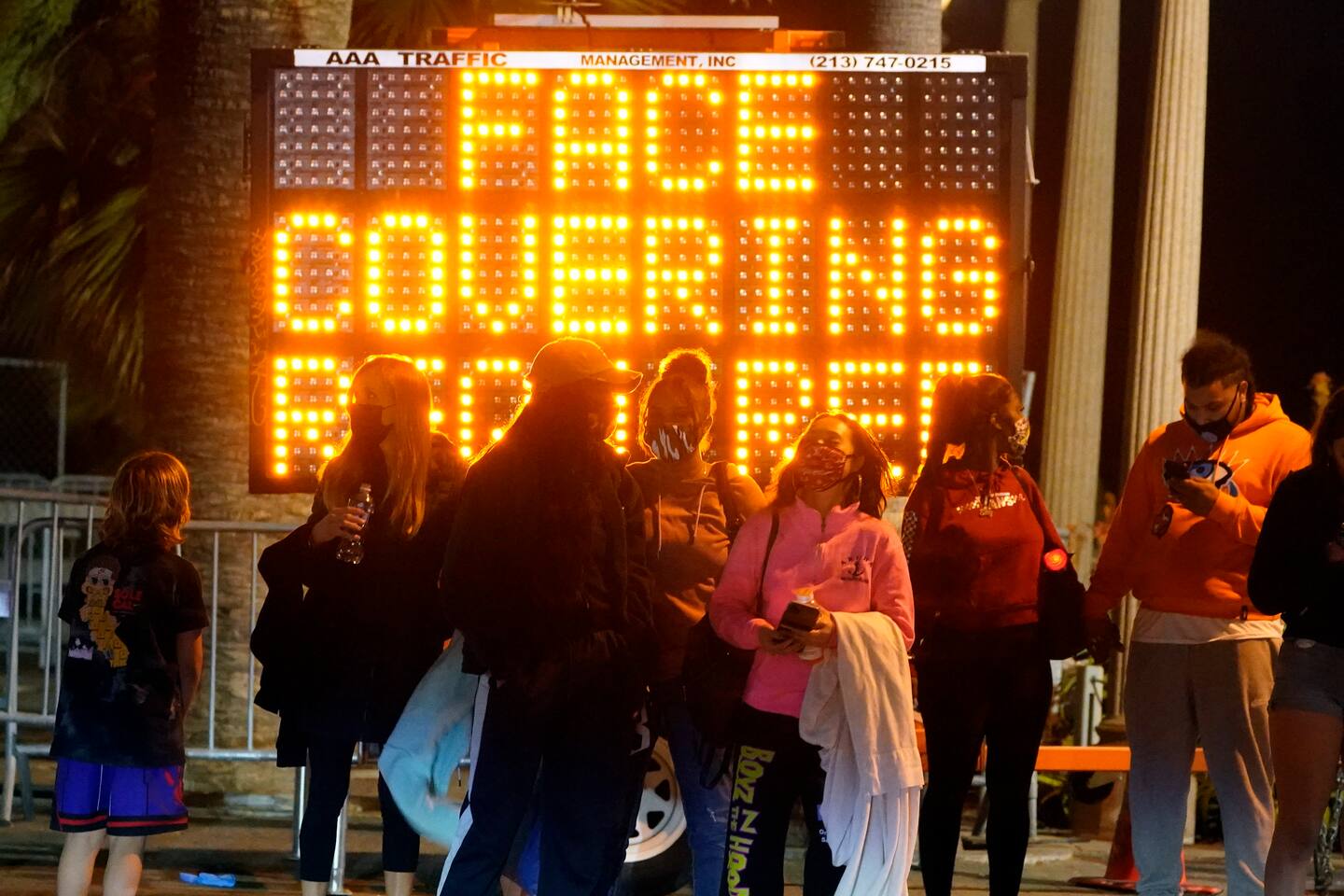So you’re unvaccinated and want to see a friend. Here’s how to calculate your risk.

Not yet. A new interactive tool built by our team at Harvard shows that such measures are as relevant as ever. The tool, based on our peer-reviewed model from the outbreak on the Diamond Princess cruise ship and other “superspreader events,” allows us to use some hard numbers to estimate the risk of transmission in different situations.
Let’s set some parameters for your dinner. You and your friend have both been careful while you wait to get vaccinated, so you both agree it’s fine to get together for dinner and plan to spend about four hours in a room together. (The room is 500 square feet with eight-foot ceilings, and you’ll be taking part in “light activity,” in case you’re playing along at home with our tool.)
Unbeknownst to both of you, your friend has asymptomatic covid-19 and is at peak transmissibility.
Now let’s look at a few scenarios to see how they might impact transmissibility. (Caveat here: These transmission risk estimates are based on a superspreading event, so these numbers should not be treated as exact, but more as worst-case scenarios. What’s important here are the relative changes in risk.)
Let’s first say you both practice good hand hygiene, washing hands before and after dinner, and while prepping your meal. But neither of you wear masks, and you don’t practice distancing. The risk of transmission: 91 percent.
Ouch. Well, what if you stayed six feet apart the whole time? 85 percent. Also not going to cut it.
But you and your friend are aware of the benefits of good ventilation, so you take advantage of science and open windows a few inches. That brings the room’s typical air changes per hour from 0.5 to 3.5.
The risk of transmission is now 53 percent. We’re getting somewhere.
Maybe you have also read about portable air cleaners and decided to get one for your home. You got a small one that gives an extra two air changes per hour, for a total of 5.5. That brings your risk to 41 percent.
But what if you didn’t distance? Hmm. Back up to 63 percent.
Okay, so you’ll keep your distance, and now you’re thinking there’s no way around the masks and decide to wear some basic cloth ones. Good move — you’re down to 12 percent risk of transmission! That’s some serious risk reduction. You went from a 9 in 10 chance of infection to 1 in 10.
But, let’s get real: You can’t eat with masks on. What to do?
Well, what if you and your friend wore masks, but took them off only when eating and drinking? Maybe an hour of maskless time out of the four-hour get-together. Nineteen percent. Not bad.
What if you substituted those cheap, one-layer cloth masks with a blue surgical mask for three hours, and no masks for an hour? Eleven percent. Interesting: Wearing better masks for three quarters of the time is equivalent to wearing an average mask the full time.
But you can do better than that by “double masking.” So you keep the surgical mask on but add that cheap cloth mask on top. Now you’re down to 5 percent.
What if you take that mask down for 30 minutes when actively eating and drinking? That gets you down to 2 percent.
Can we get away with closing the windows and no air cleaner because now you both have masks on? Well, that brings you back up to 8 percent.
So, definitely keep the windows open and the air cleaner going.
A 2 percent risk of transmission might be worth it for some people. And remember, this is with best-case controls but worst-case scenario: an asymptomatic friend who is at peak transmission. (We also know that most infected people don’t transmit to others, but some transmit to many.)
Last, remember that exposure to a virus is a function of three things: intensity, duration and frequency. Masks and ventilation can help reduce the intensity, and keeping down the amount of time without masks helps with duration. In terms of frequency, you might be able to get away with a visit with a 2 percent risk of infection, but do this repeatedly and you’re rolling the dice each time. Your luck may just run out.
The calculus also changes once people are vaccinated. The vaccines are all highly effective at preventing infections and hospitalizations and death, and they also significantly reduce transmission, too. So if everyone is vaccinated in this scenario, getting together without masks is fine, as the Centers for Disease Control and Prevention recently said.
Until you and friends are fully vaccinated, there is a way to get this risk even lower — to less than 1 percent: Wear a good mask the whole time, bring in more outdoor air and filter it, wash your hands, and keep your distance. You know, kind of like we’ve been saying for a long time.
Read more:






